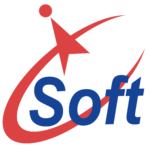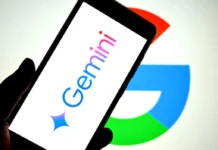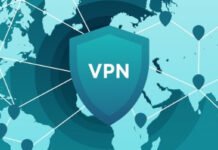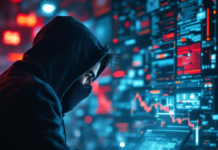Introduction
The Internet of Things (IoT) is a network of physical devices, vehicles, buildings, and other objects that are embedded with sensors, software, and connectivity that enables them to exchange data. In agriculture, IoT devices and sensors can monitor various aspects of farming, from weather conditions to crop growth, and provide farmers with real-time data and insights to improve their yields.
The use of IoT in agriculture has been around for several years, but it is now becoming more prevalent due to advancements in technology and the need for sustainable agriculture. IoT has the potential to revolutionize the farming industry by improving productivity, reducing costs, and increasing yields.
IoT Applications in Agriculture
Smart Irrigation
Smart irrigation systems use IoT technology to provide real-time data on soil moisture, temperature, and weather conditions. This allows farmers to optimize their irrigation systems and reduce water usage while ensuring that crops receive the optimal amount of water.
Precision Farming
Precision farming involves the use of IoT devices and sensors to monitor crop growth and soil conditions. This enables farmers to make informed decisions about fertilization, irrigation, and pest control. Precision farming can improve crop yields and reduce costs by minimizing the use of resources and increasing efficiency.
Livestock Monitoring
IoT devices can also be used to monitor the health and well-being of livestock. Sensors can be attached to animals to monitor their vital signs, such as heart rate and body temperature. This information can help farmers identify potential health issues and improve the overall health of their livestock.
Crop Monitoring and Management
IoT devices can be used to monitor crop growth, soil conditions, and weather patterns. This data can be used to make informed decisions about irrigation, fertilization, and pest control. IoT technology can also be used to automate tasks such as planting, harvesting, and crop spraying.
Supply Chain Management
IoT technology can be used to improve supply chain management in agriculture. Sensors can be attached to products to track their location and condition as they move through the supply chain. This can help reduce waste and ensure that products are delivered in optimal condition.
Agricultural Drones
Agricultural drones equipped with IoT devices and sensors can be used to monitor crops, soil conditions, and weather patterns. Drones can collect data and provide farmers with real-time insights that can be used to make informed decisions about crop management.
Benefits of IoT in Agriculture
Increased Yields and Productivity
The use of IoT in agriculture can lead to increased yields and productivity. IoT devices and sensors can provide farmers with real-time data and insights that can be used to optimize crop growth and improve efficiency.
Cost Savings and Efficiency
IoT technology can help farmers reduce costs and improve efficiency by minimizing the use of resources such as water and fertilizer. IoT devices can also be used to automate tasks such as planting and harvesting, reducing the need for manual labour.
Improved Quality Control and Traceability
IoT technology can be used to improve quality control and traceability in agriculture. Sensors can be attached to products to track their location and condition as they move through the supply chain. This can help reduce waste and ensure that products are delivered in optimal condition.
Better Decision-Making
IoT devices and sensors can provide farmers with real-time data and insights that can be used to make informed decisions about crop management. This can lead to better outcomes and increased profitability.
Sustainable Agriculture
The use of IoT in agriculture can help promote sustainable farming practices by minimizing the use of resources and reducing waste. IoT technology can also be used to monitor and manage environmental factors such as soil moisture and temperature, which can help farmers reduce their environmental impact.
Challenges in Implementing IoT in Agriculture
High Costs and Limited Resources
IoT in agriculture is the high costs associated with implementing IoT technology. Many farmers may not have the financial resources to invest in IoT devices and sensors, which can be expensive.
Technical Expertise and Training
IoT technology can be complex and require technical expertise to implement and maintain. Many farmers may not have the necessary training or knowledge to fully utilize IoT devices and sensors.
Data Security and Privacy
IoT devices and sensors collect large amounts of data, which can raise concerns about data security and privacy. Farmers need to ensure that their data is secure and that they are in compliance with data privacy regulations.
Interoperability and Standardization
The lack of interoperability and standardization among IoT devices and sensors can make it difficult for farmers to integrate different technologies and devices into their existing systems.
Conclusion
The use of IoT in agriculture has the potential to revolutionize the farming industry by improving productivity, reducing costs, and increasing yields. IoT devices and sensors can provide farmers with real-time data and insights that can be used to optimize crop growth and improve efficiency. However, there are also challenges associated with implementing IoT technology, such as high costs, technical expertise and training, data security and privacy, and interoperability and standardization.
FAQs
- What is the Internet of Things (IoT) in agriculture?
- How does IoT technology help farmers optimize crop growth?
- What are some examples of IoT applications in agriculture?
- What are the benefits of using IoT in agriculture?
- What are the challenges associated with implementing IoT in agriculture?











